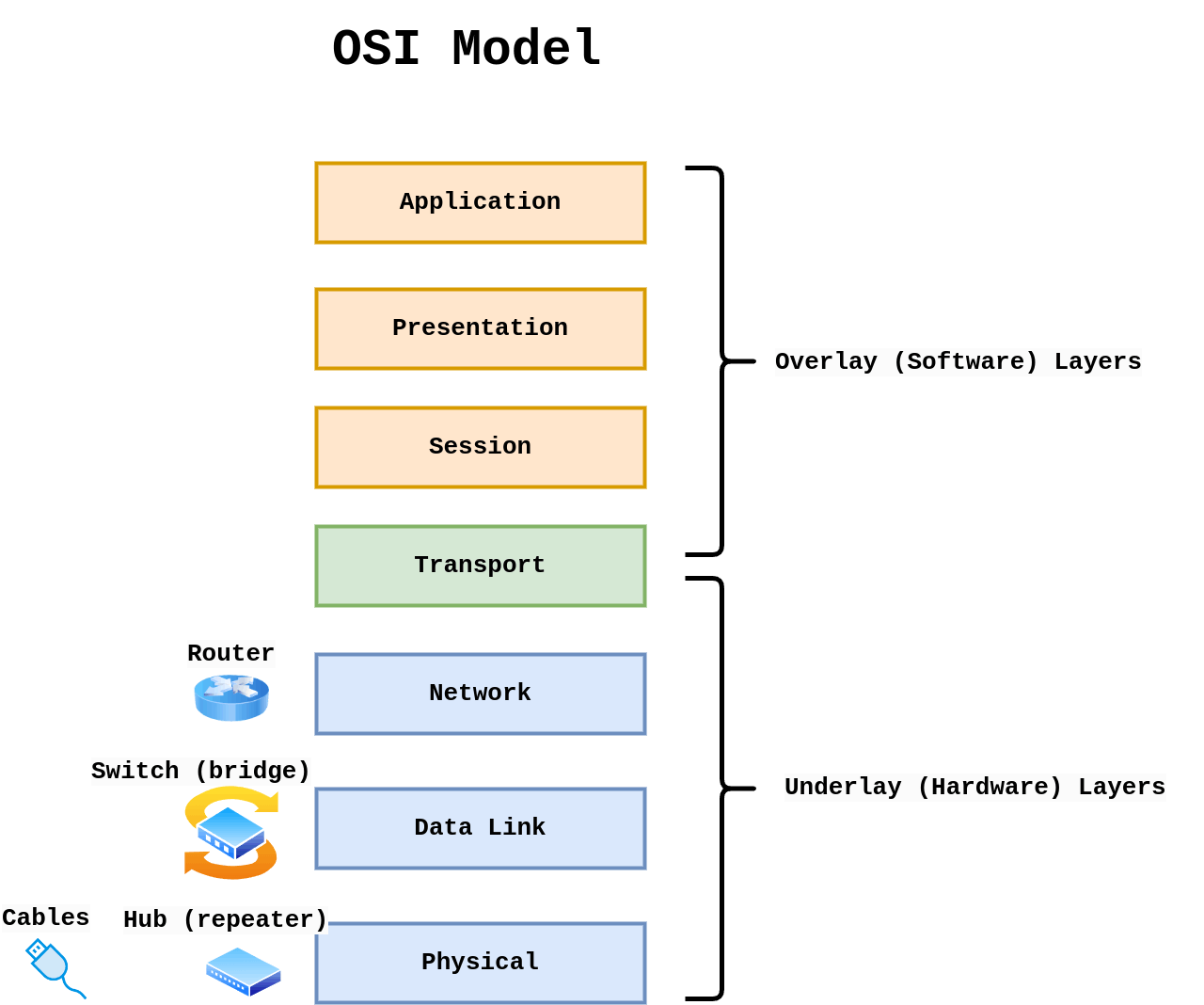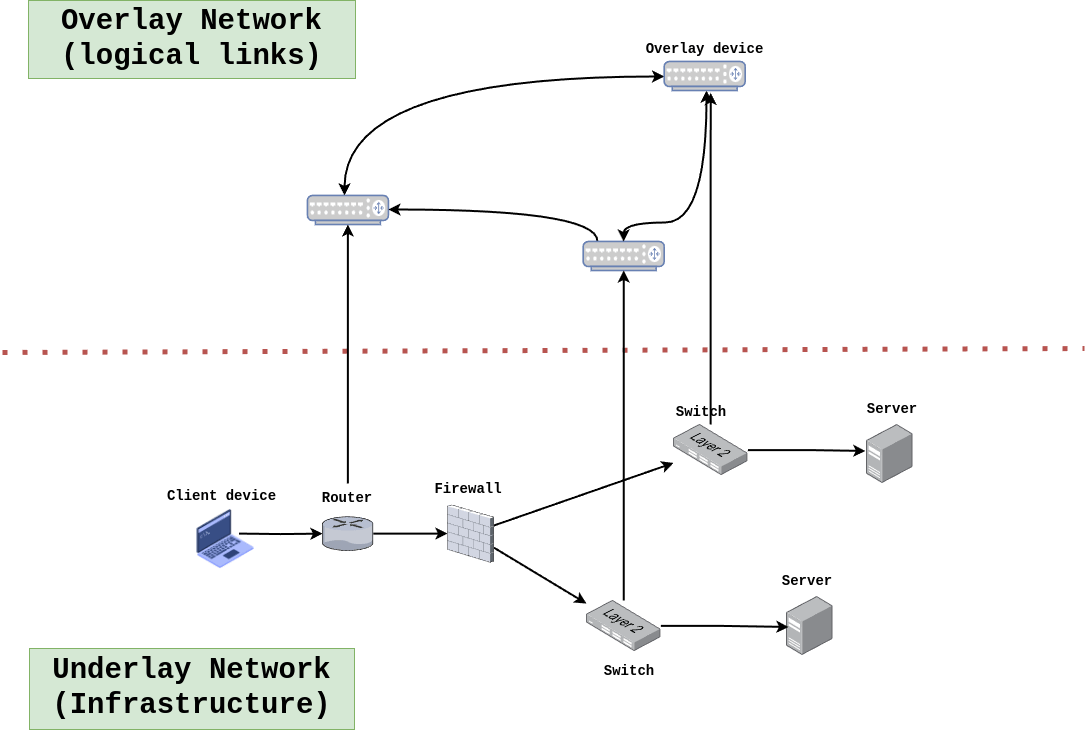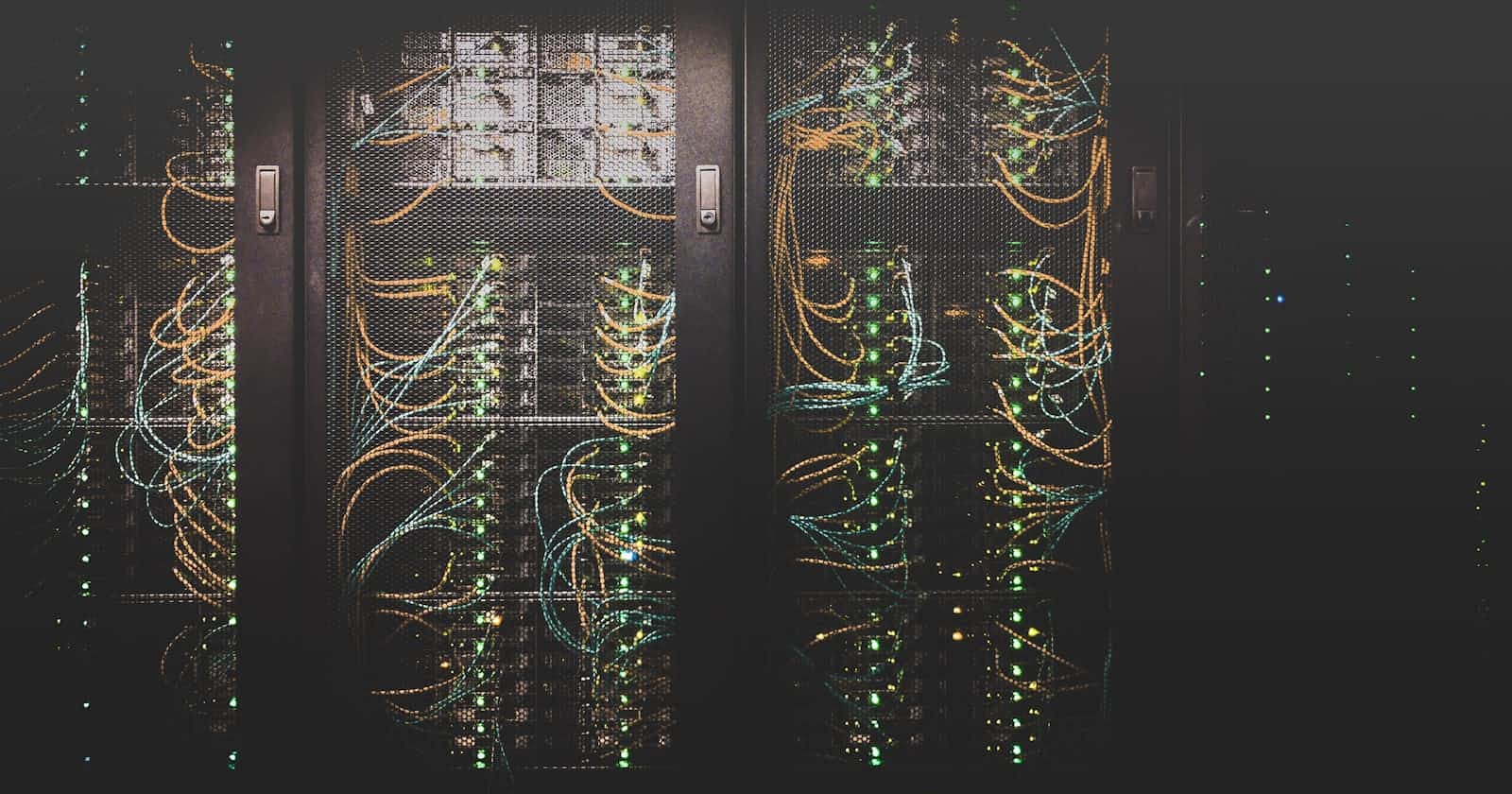The concepts of overlay and underlay networks were invented to address different challenges and requirements in the evolving landscape of network architecture and design. These concepts separate the concerns of network infrastructure (underlay) from the services and connectivity models built on top of it (overlay), allowing for greater flexibility, scalability, and efficiency.

Underlay Networks
An underlay network refers to the physical infrastructure and the basic network services upon which overlay networks are built. This includes the routers, switches, physical servers, and the actual cables that form the foundation of the internet and private networks.

How Underlay Networks Work:
Physical Connectivity: They provide the fundamental physical and logical connectivity between devices.
Routing and Switching: Underlay networks handle the basic routing and switching, ensuring data packets are transported between devices over the shortest or most efficient path.
Infrastructure Services: They also provide essential services like DNS, DHCP, and basic network security features.
Characteristics:
Operates at Layer 2 (data link) or Layer 3 (network) of the OSI model.
Uses traditional routing protocols like OSPF or BGP for path determination.
Examples: Local Area Networks (LANs), Wide Area Networks (WANs), and the internet itself.
Use Cases:
Foundation for Overlay Networks: The primary use case for underlay networks is to serve as the foundation upon which overlay networks operate.
Basic Network Services: They are responsible for providing basic connectivity and network services to devices and applications.
Overlay Networks
An overlay network is a virtual network that is built on top of one or more underlying network infrastructures. It allows network devices to communicate without being directly connected by the physical network. This is achieved through the use of software and protocols that create a logical or virtual topology, which overlays the physical network (the underlay).
How Overlay Networks Work:
Virtualization: Overlay networks use software to create a virtualized network on top of the physical network infrastructure.
Tunneling Protocols: They often use tunneling protocols (like GRE, VXLAN, or MPLS) to encapsulate and transport data across the underlay network.
Logical Connections: Devices on an overlay network communicate as if they are directly connected, even if they are physically located on different networks.
Use Cases:
Software-Defined Networking (SDN): Overlay networks are fundamental in SDN environments, where they provide flexibility and programmability.
Multi-tenancy in Data Centers: They enable the creation of separate virtual networks for different tenants or applications within the same physical infrastructure.
VPN Services:Virtual Private Networks (VPNs) use overlay networking to secure internet communication across a public internet connection.
Content Delivery Networks (CDNs): Optimizing content delivery performance across geographically distributed locations.
Differences between Overlay and Underlay Networks
Layer of Operation: Overlay networks operate at a higher layer, creating a virtual network on top of the physical network infrastructure, whereas underlay networks are the physical networks themselves.
Purpose and Functionality: Overlay networks provide flexibility, scalability, and isolation for applications and services, enabling efficient data flow across diverse environments. Underlay networks, on the other hand, focus on providing fundamental connectivity and routing.
Implementation and Management: Overlay networks are typically managed with software and are more dynamic and adaptable to changes. Underlay networks require physical changes to modify and are managed more traditionally.
Overlay and underlay networks serve complementary roles in modern network architecture. Underlay networks provide the physical foundation and basic connectivity, while overlay networks offer a flexible, software-defined layer that supports advanced features like virtualization, multi-tenancy, and secure communications across disparate physical locations.


